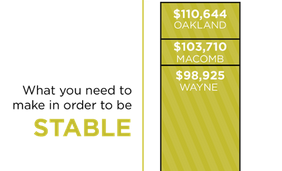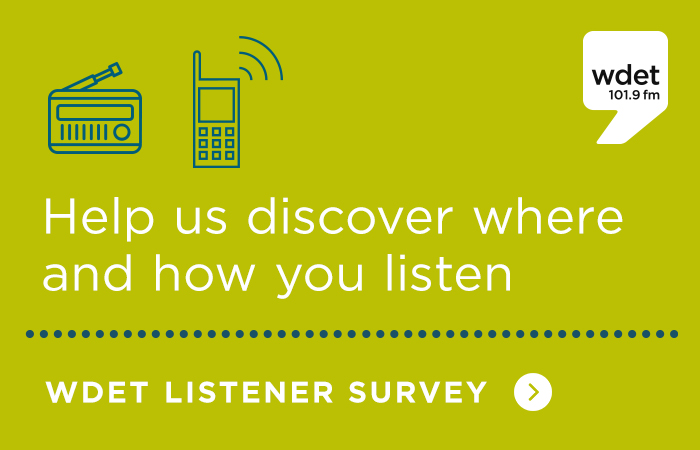What is Poverty, and Where Does Metro Detroit Stack Up? [Infographic]
What exactly is poverty? How is it defined and measured? And where does metro Detroit stand?

Poverty is defined by Merriam Webster as “the state of being poor,” or “a lack of something.”
These definitions are vague; poverty is hard to define for a variety of reasons. What is necessary to sustain a person or a family varies from place to place. Most agree that food, clothing, and shelter are at the top of the list. But how much food and clothing, and what kind of shelter? How is the quality of food and shelter taken into account? What about access to opportunity— education, jobs, connections?

According to the United Nations Educational, Scientific and Cultural Organization, poverty can be broken down into absolute poverty and relative poverty. Absolute poverty is concerned with economics and the money needed to sustain the things necessary to live. Relative poverty brings in a human element and looks at the situation in terms of the broader context, measuring what one needs to sustain life in comparison to those around them.
Poverty is also broken down into situational poverty and generational poverty. Situational is when a person or family falls into poverty after a challenging life event such as job loss, death, medical bills, etc. Generational is poverty is perpetuated down through the generations.
Here are some standard definitions of poverty commonly used in the United States by government and social service agencies:
Poverty Threshold
The poverty threshold is the official measure used by the US Census Bureau. An income amount is calculated based on a family size. Mollie Orshansky came up with the formulation in the 1960s. She found that a family spends about one-third of their budget on food. She took the minimum an individual or family would need to spend on food, and multiplied this number by 3 to create the poverty threshold. Today, this original calculation is inflated based on the consumer price index.
Many experts feel this formulation is outdated. Even though it is slightly adjusted every year, it doesn’t reflect current consumer purchasing habits and also fails to take into consideration geographical difference, other forms of income or benefits and taxes (whether earned or deducted).
Poverty Guideline
The poverty guideline is used by state and federal government agencies to determine eligibility for a variety of programs. The guideline amount is adjusted for cost of living and family size. The definition also differs in Alaska and Hawaii. Some programs use a percentage of the guideline to determine eligibility. For example, a program may use 130 percent of the poverty guideline; those who fall under this amount will qualify for the program (CPI).
Supplemental Poverty Measure (SPM)
The supplemental poverty measure is a new metric created by the federal government, which takes into account all sources of income and geographic location. Public benefits received are included in the calculation. The measure is not used for program eligibility determination, but has been used to measure the effectiveness of poverty programs.
ALICE: Asset Limited, Income Constrained, Employed
ALICE is a United Way project to assess poverty based on the amount families need to survive in their location. The definition is adjusted for local cost-of-living and includes five factors in determining the income levels needed to survive and to be stable. These factors include costs of child care, housing, transportation, healthcare, and food. The ALICE report also includes two income amounts: survival and stability. Survival is the amount of money an individual or family needs to survive day-to-day life with no safety net. Stability is the amount of money an individual or a family needs to not have a financial setback plummet them back into poverty. These amounts are often higher than an area’s annual median income, indicating that most families are barely getting by.
Temporary Assistance for Needy Families (TANF)
This program is commonly referred to as “welfare assistance.” It is monthly cash support given to families in need. TANF is a block grant to states by the federal government. This gives states more control on the amount that is given and the ability to have participants meet certain requirements related to work. If the beneficiary fails to meet these requirements, their benefits can be reduced or withdrawn. The result is a wide variation in the amount of assistance between states.
Supplemental Nutrition Assistance Program (SNAP)
SNAP provides food assistance to those who qualify. Amounts vary based on income. It is the second largest federal assistance program and largest program that helps combat domestic hunger.
National School Lunch Program (NSLP)
Commonly referred to as “free or reduced lunch,” this program give students the ability to receive lunch at school at no or low cost to them. This program is one of the most popular programs in Michigan, with 1 in 5 children participating. Because of high usage in many areas, some school districts offer lunch at no cost to all students, regardless of income. Other federal programs similar to the NSLP include the School Breakfast Program and the Summer Food Service Program.
Housing Vouchers
The U.S. Department of Housing & Urban Development (HUD) provides housing vouchers to individuals and families that qualify based on income. The program allows eligible people to find a safe and secure residence in the private market. To qualify, income typically must be 30-50 percent of area median income (50 percent of the population fall below this amount and 50 percent fall above it). Preference is given to those that fall below 30 percent, with a requirement to have 75 percent of vouchers go to those that fit the criteria.
Medicaid
This program provides health coverage to millions of Americans including children, parents, the elderly and the disabled. Qualification is based on income, but the threshold has expanded in some states due to the passing of the Affordable Care Act. Some programs that fall under Medicaid, such as the Children Health Insurance Program, require participants to pay for part of their coverage.
Research by Melissa Mason, infographic by Shelby Jouppi.
Powered by The Detroit Journalism Cooperative with support from The James L. Knight Foundation, The Ford Foundation, and Renaissance Journalism’s Michigan Reporting Initiative.

